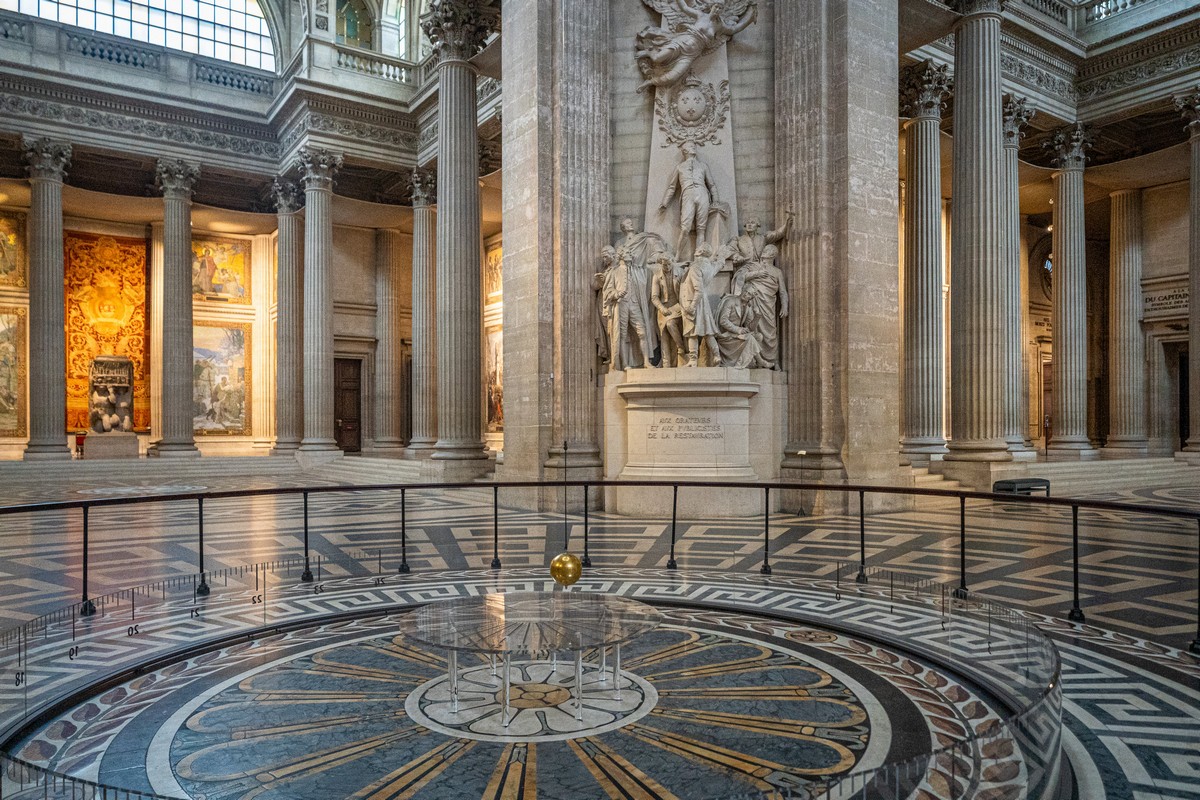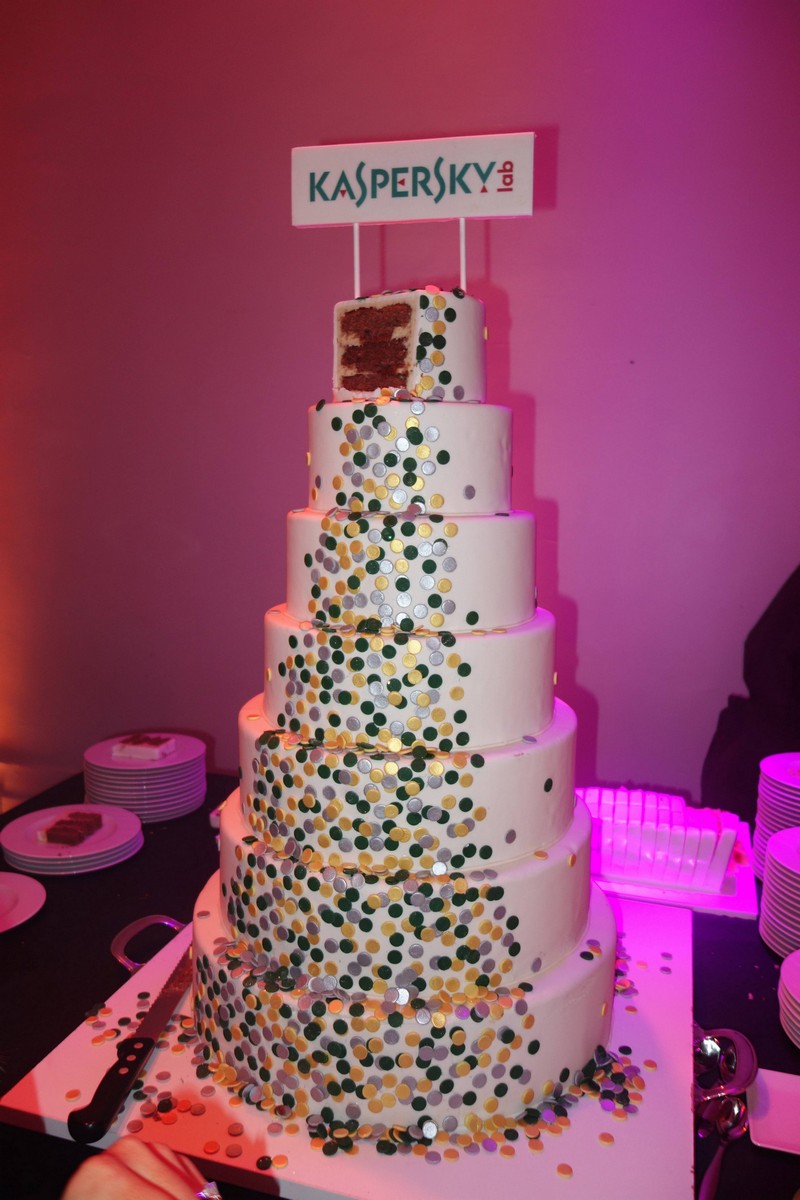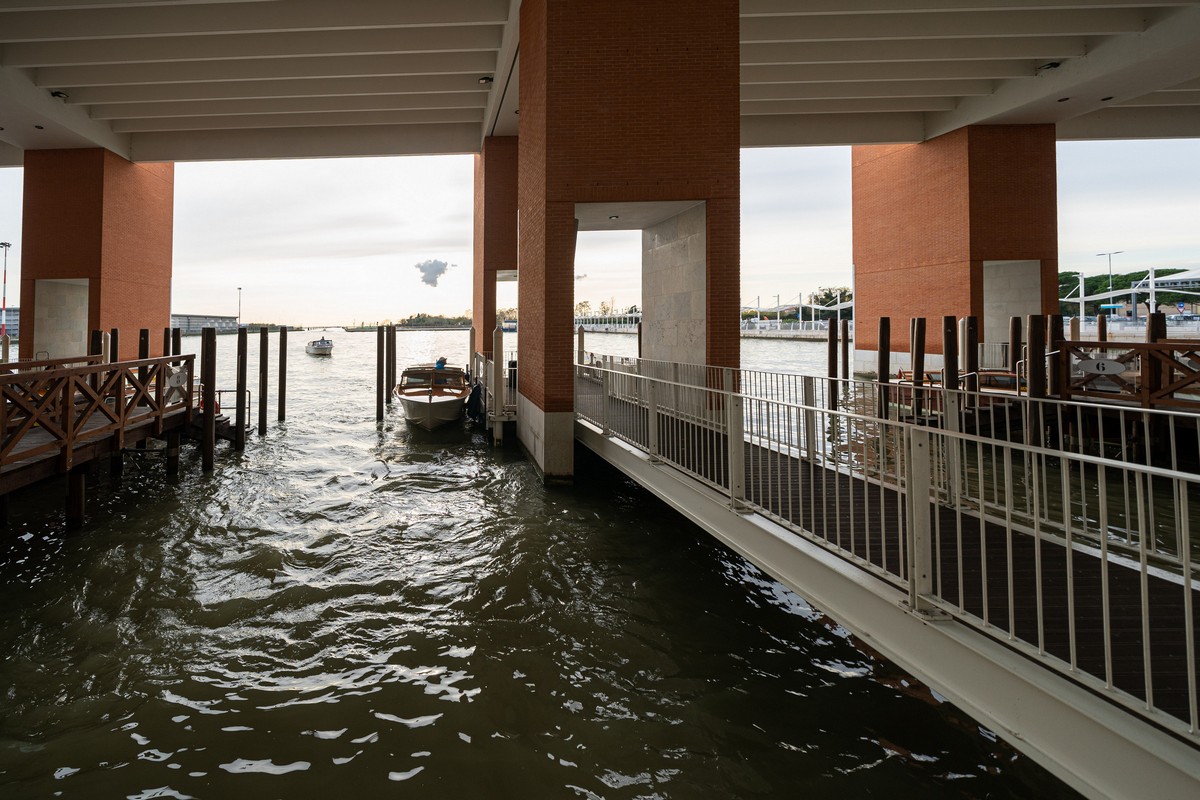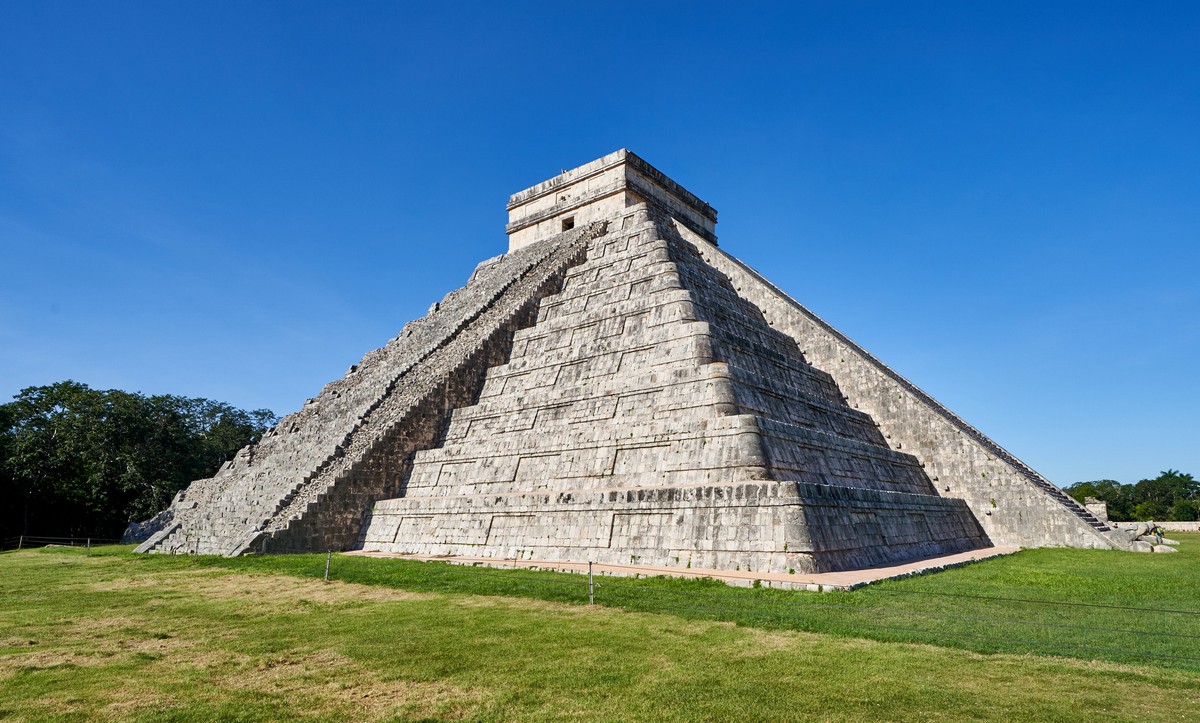Hi all!
There will be two topics today: 1) where to go to study; and 2) a brain teaser – how can you obtain all the numbers from 0 to 100 using the digits 1, 4, 0, and 9. Let’s start with number one.
1) I often get asked: “What sort of education should my kid get? Which subjects are likely to be in demand in the future?”
I do not pretend to be an all-knowing visionary, but I have absolutely no doubt about the answer to this one: teach your kids mathematics! It’s the most fundamental, most indispensable and the greatest of all the sciences. Learning it opens the door to lots of different and wonderful professions. Good mathematicians can then become anything they want, including a perfectly successful humanities major (there are numerous areas where mathematics is applied in humanities, and this number will only keep growing).
Or, to look at it another way, I can safely say I’ve never heard of a humanities student becoming a successful mathematician… It’s just unheard of. Looking back at my life, I think that if it hadn’t been for the Kolmogorov Physics and Mathematics Boarding School (aka AESC MSU), many things in my life may have turned out very differently.
The school maintained very high standards – our brains were permanently going into overdrive. We had classes six days a week, several different math disciplines, advanced physics classes with lab sessions, plus all the other classes as per the regular school curriculum. Despite the heavy academic workload, we had a very happy and interesting time at school. A childhood imbued with physics and mathematics…
That’s why I was very glad when last year, as part of the Mathematical Vertical project, an experimental Grade 7 class was opened in Moscow school 1409. It is the first building block in the foundation of that Mathematical Vertical that has the same name as my company – MVK for short.
Year 7 became year 8, and will then become year 9, and, in cooperation with the school, we will draft a new class or two each year. That way, the desired vertical will be constructed: there will be the specialized classes 7, 8 and 9, then, after such serious preparation, there will be the engineering classes for years 10 and 11. The graduate students will then be able to enter the best technological universities. And then the kids will come to work for us! (said with a sly squint while rubbing my hands) :) And everyone’s a winner! Well, everyone except the cybercriminals of course :)
The Mathematical Vertical project was designed by the Moscow Department of Education as a necessary upgrade of the entire system of teaching math in years 7-9 – a radically new model. If, in a couple of years, it proves to be successful, it will become the benchmark for the entire country. Meanwhile, we are acting as an ally and partner for School 1409 in the implementation of the project. Kaspersky employees are taking an active part in the educational process, teaching the Information Security course to the MVK class and to interested students from the year 10 and 11 engineering classes.
 Picture by Anastasia Shayakhmetova, Class 8M
Picture by Anastasia Shayakhmetova, Class 8M
Last Friday, I finally had time to visit the school and talk to the students under our patronage, giving them some math problems and steering them onto the true, highly interesting, albeit complicated, path and revealing a mass of opportunities. In short, I told them why they need to study hard and then work hard.
I’ve actually visited the school a couple of times before, and was pleasantly surprised. Many universities would love to have the sort of teaching equipment they have: apart from hundreds of computers, dozens of interactive whiteboards and robotics sets, the engineering and medical classes are equipped with a 3D printer, a 3D scanner, an atomic molecular microscope and other technological miracles. Back in my day, the equipment was usually limited to desks, chairs and a blackboard :)

I was pleased with my visit: the kids’ eyes were shining with enthusiasm, they asked interesting questions, and they promised to solve the tasks I set! I’ll check the next time I visit.
2) This is the main problem I set them:
You are given the digits 1, 4, 0, 9. Use the math knowledge you have received in school, namely the basic arithmetic operations (adding, subtracting, multiplying and dividing), plus raising to a power, extracting a root and factorial, to obtain all the numbers from zero to 100. You can glue numbers together and rearrange them in any order you want. For example:
0 = 0*149. Or, in a more crafty way: = 0! – 149
10 = 10 * ( √9- √4 )
You cannot turn numbers upside down, i.e., you cannot make a 6 from a 9 by turning it upside down. However, you can make a 6 from a 9 using a square root and a factorial:
6 = (√9)!
UPD1: You can use the digits just once (this is somewhat obvious, otherwise “1+1+…+1+0*49” to make any natural number).
UPD2: it’s not permitted to round numbers. Otherwise, that would be simply cheating with roots and factorials.
I wonder if all numbers from 0 to 100 can be derived from such actions. If not – what other knowledge from the school mathematics course needs to be added to the conditions?





















